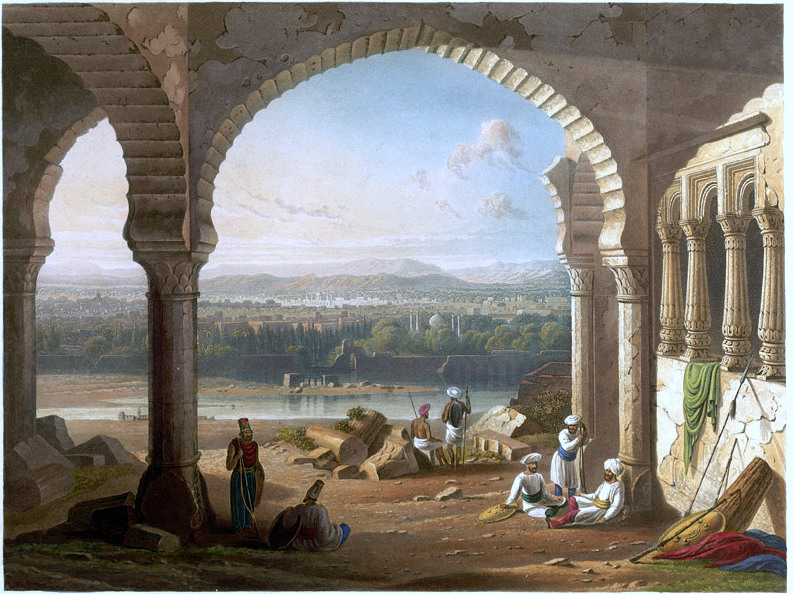
The Malabar rebellion of 1921 or #Moplah rebellion was launched #OTD in the year 1921, almost hundred years ago. The nation should celebrate this year as the 100th year of the uprising that saw mass uprising against the British colonial rule.
#Thread
#MalabarRebellion101
#Thread
#MalabarRebellion101

The uprising was against the British n its feudal supporters. The British had appointed high caste Hindus in positions of authority to get their support. They had facilitated the hassle-free British rule and any opposition to British was made out to be against their supporters. 

There is no denying the fact that the Moplah rebellion was actually a peasant revolt against the colonial government. During the uprising, the rebels attacked various symbols and institutions of the colonial state, such as telegraph lines, train stations, courts and post offices.
The Moplah opposition to colonial rule n their high caste supporters was not a new thing. There were also a series of clashes between the Mappila peasantry and their landlords, the latter supported by the British colonial government, throughout the 19th and early 20th centuries.
There is no denying the fact that heavy-handed suppression of Khilafat Movement by British govt was met by resistance in Eranad and Valluvanad taluks of Malabar. Mappilas attacked and took control of police stations, colonial government offices, courts and government treasuries.
However, over the years, the right wingers have tried to paint the rebellion as a communal incident against Hindus and therefore the names of a large number of freedom fighters who lost their lives for the nation, have been removed from the list of freedom fighters.
It must be kept in mind that this rebellion had devastated the British rule in South. For six months from August 1921, the rebellion extended over 2,000 5,200 square kms– some 40% of the South Malabar region of the Madras Presidency.
British used excessive force to suppress rebellion. They sent troops n martial law imposed. At least 10,000 people lost their lives n 45,000 people were imprisoned. Unofficial estimates put number imprisoned at 50,000 of whom 20,000 were deported to the Andaman Islands.
There is no denying the fact that it was one of most powerful uprising against the British rule, other than Pathan uprising in the North West Frontier Region. In its magnitude and extent, it was an unprecedented popular upheaval, the likes of which has not been seen in Kerala.
After continued demand from across the region, In 1971, the Government of Kerala officially recognised the active participants in the events as "freedom fighters". The way we have forgotten such brave hearts, history will never forgive us.
10000 rebels lost their lives. Some of top leaders who were hangd include Ali Musliyar, the brain behind the rebellion, Kunhi Kadir, Variankunnath Kunhammad Haji, Kunhj Koya, Thangal, Koya Tangal, Chembrasseri Imbichi, Palakamthodi Avvocker Musaliar, Konnara Mohammed Koya Thangal
• • •
Missing some Tweet in this thread? You can try to
force a refresh











